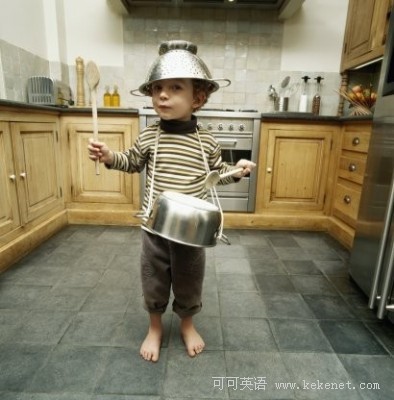
Parents and teachers who catch their children lying 'should not be alarmed -- and their children are not going to turn out to be pathological liars,' says Dr. Lee, who has spent the last 15 years studying how lying changes as kids get older, why some people lie more than others as well as which factors can reduce lying. 'The fact that their children tell lies is a sign that they have reached a new developmental milestone.'
发现孩子说谎的父母和老师们“不应该感到恐慌──他们的孩子也不会变成病态说谎者,”李强说。他在过去的15年里的研究课题是:随着孩子年龄的增长撒谎会发生怎样的变化,为什么有些人会说更多的谎话,以及哪些因素可以减少说谎。“孩子说谎标志着他们到达了一个新的发展阶段。”
Dr. Lee and Victoria Talwar, a colleague he often collaborates with at McGill University, conducted a series of studies in which they bring children into a lab with hidden cameras. Children and young adults age 2 to 17 are enticed to lie by being told not to peek at a toy -- often a plush purple Barney dinosaur -- that is put behind the child's back. The test giver then leaves the room for one minute, ostensibly to answer a phone call, giving the child ample time to peek at the toy. Whether or not the child sneaks a look is caught on tape.
李强和他经常合作的麦吉尔大学(McGill University)同事维多利亚•塔尔瓦(Victoria Talwar)进行了一系列研究:他们将孩子带入一间安装有隐蔽摄像头的实验室。测试者告知年龄从两岁到17岁的儿童和青少年受试者不要偷看放在他们背后的一个玩具──这个玩具通常是紫色毛绒恐龙Barney──以此诱使他们撒谎。然后,测试者离开房间一分钟,表面上是接电话,给孩子们足够的时间去偷看玩具。而孩子们是否偷看则被录像带记录了下来。


















